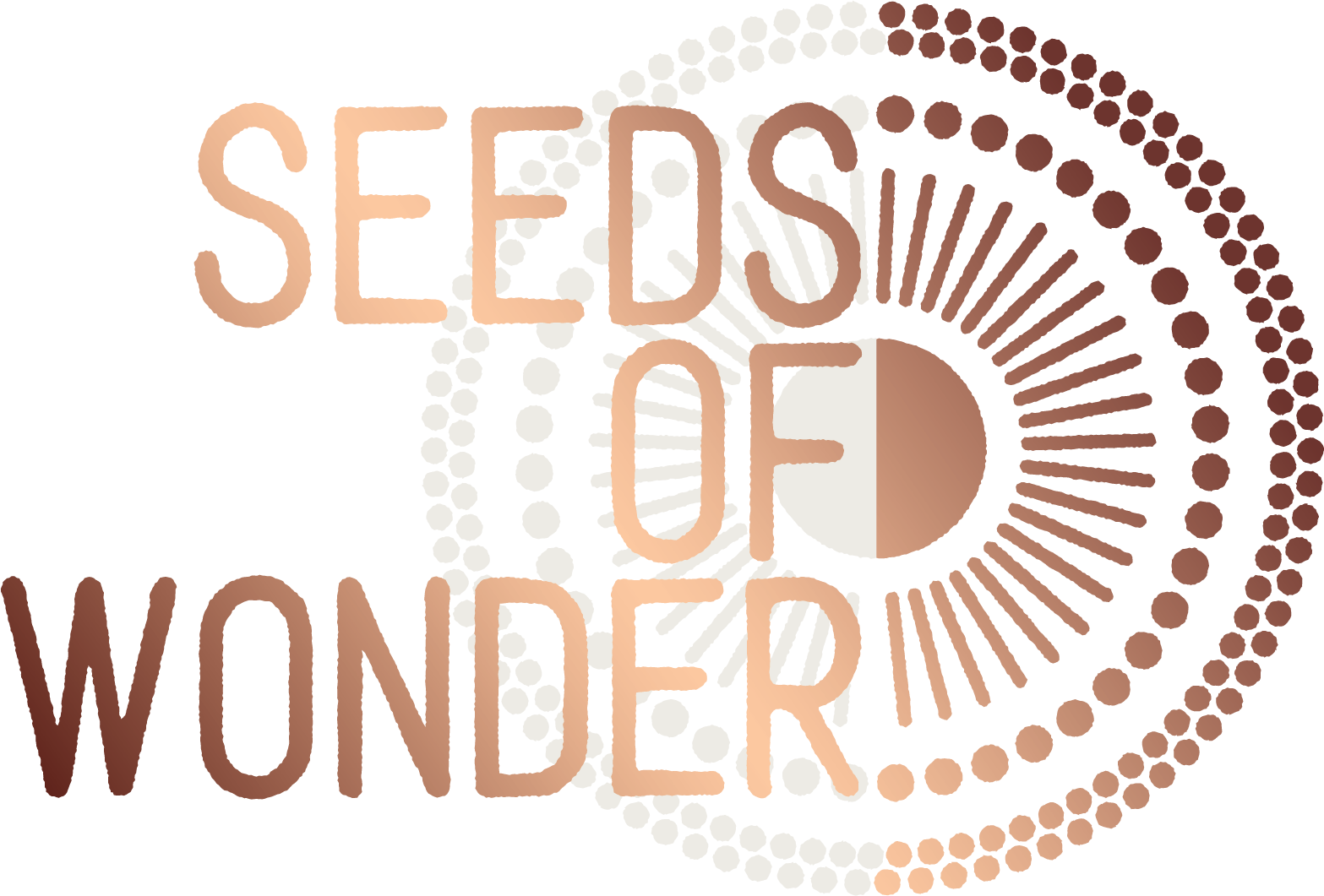Discovering the world beyond yoga class
Up until 2014 if you had asked me what yoga was I would have told you, without any doubt, it was an exercise class I did at the local gym (hadn’t made it to my local yoga studio yet!).
I’m not sure I had even realised at this point that the meditation I was doing at home was a part of it. Meditation was just something I did to reduce my stress levels and slow down.
Occasionally I had heard teachers explain what the word ‘yoga’ meant, repeated the teacher’s Namaste and perhaps even chanted the occasional Om Shanti but to be truthful I had no idea of the real significance of the words or that the physical postures I was doing was only the tip of the yoga iceberg.
It was only on my first yoga retreat in May 2014 that I discovered there was a whole yoga philosophy out there to be explored. I was blown away by the fact that there was this wisdom that could help you find more balance in this hectic world, support you to live more mindfully, find greater peace and even develop greater self-realisation.
My initial explorations centered on the Eight Limbs of Yoga, sometimes referred to as Astangayoga. At this stage I did not know they came from Patanjali’s Yoga Sutras, a seminal text in the world of yoga, which I would come across later.
One of my biggest surprises was to discover that asana (the physical postures you experience in yoga classes – and Instagram!) is intended to support meditation and the word asana, when translated, literally means ‘seat’.
I was even more taken back as I became more familiar with Patanjali’s Yoga Sutras and discovered that out of his 196 sutras, only three directly addressed asana. That’s right…only three.
With such a focus in the West on the physical, like many others I had been under the impression that asana practice was the core of yoga, with the ultimate goal to be a human pretzel.

It was a light bulb moment when I understood that Patanjali presents asana practice as a spiritual practice that helps awaken the mind and progressively develops the mental discipline required to achieve deeper states of meditation and enlightenment.
And that was not the last of the eye opening moments. Next up I came across the yamas and the niyamas, which are considered the first and second of the limbs. These limbs offer a sustainable framework to navigate the outside world, develop better mental discipline and ultimately create a more positive environment in which to grow.
The yamas are often referred to as the foundation of the eight limbs and guide us on how to relate to others. They are made up of five principles, including non-harming (ahisma), truthfulness (satya) and non-coveting (asteya), which many of us are familiar with from exposure to different religious teachings.
The niyamas make up the second limb and provide us with guidelines to underpin our spiritual growth. The five principles of niyamas include cleanliness of the body, mind and spirit (saucha), creation of spiritual discipline (tapas) and development of self-insight (svadhyaya).
Learning about the yamas and niyamas resonated with me – so much so that I am on an ongoing journey to embed them in my life. To say my road is bumpy is an understatement! I am constantly stumbling, falling off the wagon and getting it wrong but I believe that to try to live this way is worth the effort, making it a nicer world for me and those around me.
Three of the other eight limbs were a bit more familiar to me: pranayama (breath-control), dharana (concentration) and dhyana (meditation).
Rather than offering big ‘ah ha’ moments, learning more about them through the lens of the eight limbs has helped deepen my understanding and importantly motivated me to get more serious with my own pranayama and meditation practice (though it is still very much as work in progress as you will know if you have read my ‘The birth of Seeds of Wonder’ blog!).

For many, achieving Samadhi is their ultimate goal. Most will spend a life time attempting to attain it as it takes serious discipline and a whole lot of practice. Personally I am very far from this place and have a lot of work left to do!
In the meantime, while I work on the eight limbs, there are so many other texts and sources of knowledge to delve into and learn from, like the Bhagavad Gita. It is such a buzz unravelling the wisdom and working on understanding how I can translate the knowledge into my day to day life.
In future blog posts I will write more on the Yoga Sutras and the wider world of yoga philosophy, as well as sharing with you my often clumsy journey as I work on making them relevant to 21st century Sydney, Australia.
If you have found this blog interesting and would like to read more about the Eight Limbs I highly recommend getting your hands on The Eight Limbs of Yoga by Stuart Ray Sarbacker and Kevin Kimple.







